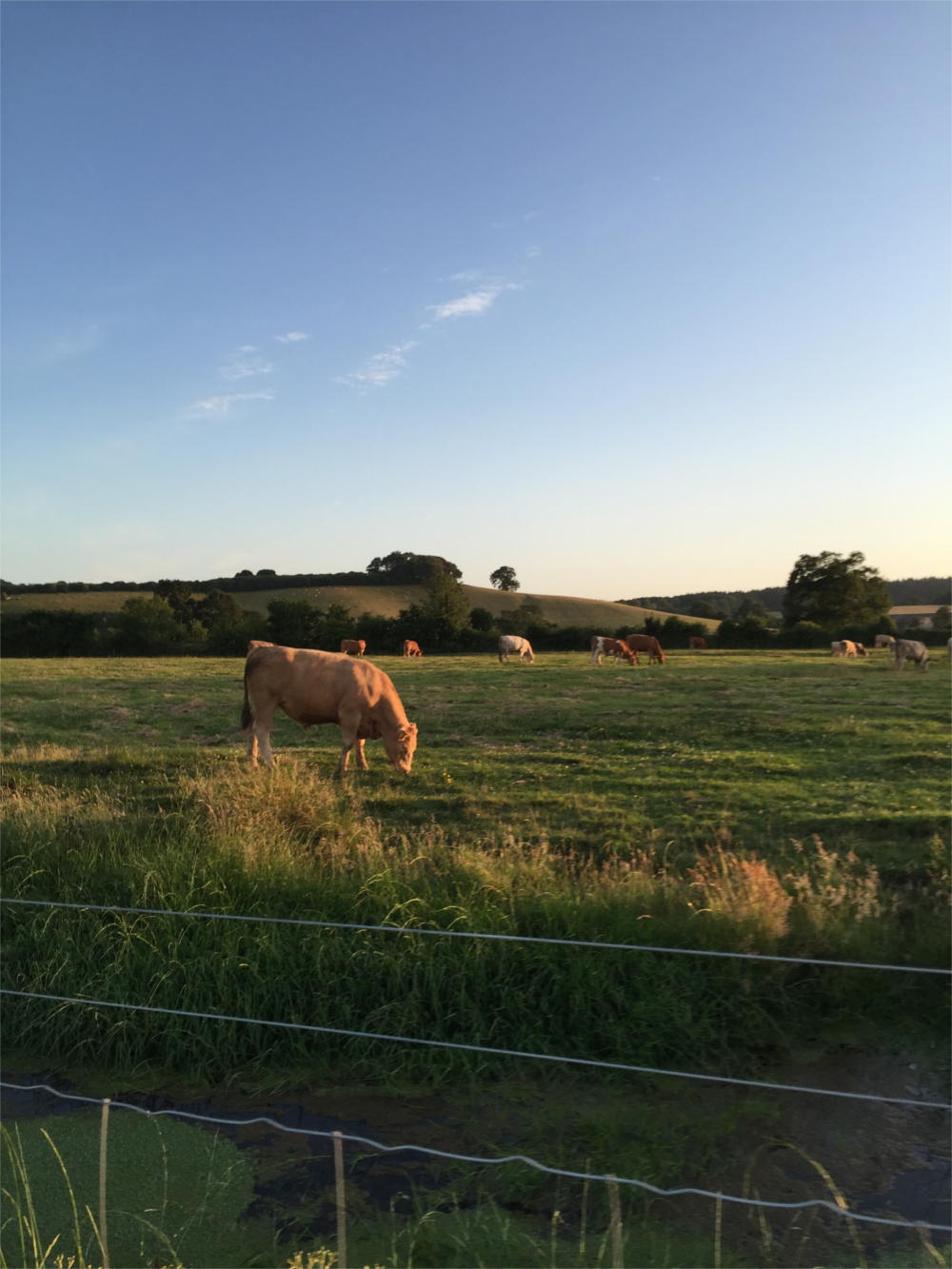Team:Exeter/Future
Welcome to our Future page
Future Characterisation

Further characterisation of our parts is essential to the progress of our project, as a starting point we designed our synthetic toehold switch with GFP attached; this was developed with the intention of obtaining quantitative data for our modelling team. Since we aimed to make our test as low tech as possible we decided to design several more toeholds, each with a different chromoprotein that would be visible to the naked eye. This switching of indicator within our toehold is a relatively simple process which demonstrates the flexibility and adaptability of our synthetic toehold.
The different indicators we used to alter our synthetic toehold switches were the chromoproteins - eforRed, aeBlue, amajlime and tinsel purple but also RFP and Luciferase. Although these were the indicators we worked into our sequences, they were not the chromoproteins we further characterised for the Registry. Since our test was designed to be cell free this was the logical route for further characterisation. The biobricks we further characterised are:
- BBa_K1073022 (eforRed with J23100 promoter)
- BBa_K1073020 (aeBlue with J23100 promoter)
- BBa_K1431814 (amajLime with J23100 promoter)
- BBa_K1431812 (amilCP with J23100 promoter)
- BBa_ K1033923 (spisPink with J23110 promoter)
Potential characterisation would make it easy for academics and researchers to use our switches in experiments as they can be tailored to the indicator they would like to use or the equipment they have available to visualise the indicator.
Future Applications
The future of our project is something we have thought greatly about, although we accomplished many things in the short time we had this summer, when looking over the past few months, we can’t help but want our work to continue. We planned many biobricks, each a toehold switch with a different promoter or indicator. With our toehold switches ability to be modified to detect any given RNA sequence the potential applications are huge, meaning that it could be used not just in diagnostics of many diseases but as an academic research tool.
A problem we encountered with our test was the visualisation of the chromoproteins when used cell free, should our test work we would need to add a blood sample which makes it difficult to visualise the chromoproteins. Therefore to overcome this, an area for further development we suggest is to add a metal strip into the test which would attract the chromoproteins produced to the strip. This would help to remove the difficulty in viewing the indicator in tests which had samples, particularly blood samples.
If we had more time, things we would consider areas of future development include optimising our cell free system, chromoprotein production and toehold switch efficiency. These are just three areas that we had hoped to work on, but with only 15 weeks to work in and 3 of those weeks dedicated for choosing an idea and introduction into iGEM, we unfortunately ran out of time.
As the outreach side of our project progressed it became increasingly apparent that many people were interested in what we were trying to achieve. Because of this, we have two separate contacts that are interested in funding our research further should we have a solid proof of concept.
Future Optimisations
Coming Soon!